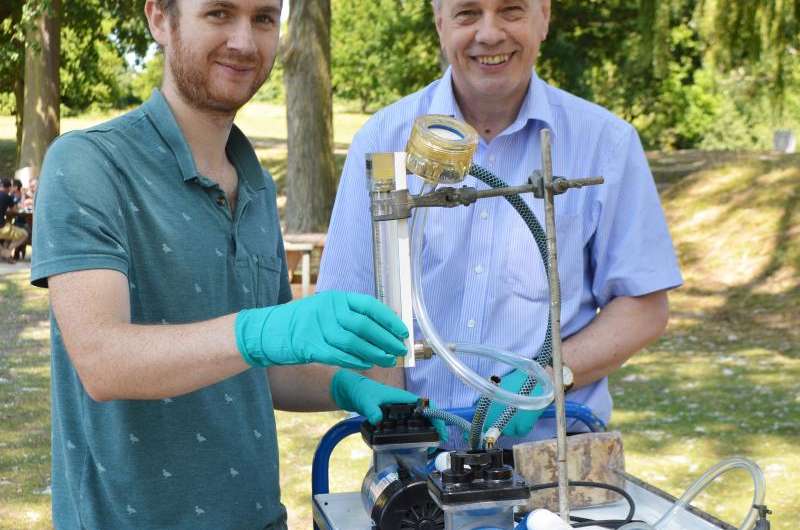So what exactly is in the air that we breathe?

We can't see them, but the air that we breathe contains a wealth of biological particles which could damage our health.
Scientists at the University of Essex have embarked on a three-year project to find new ways of analysing air samples more quickly and accurately than ever before. The methods developed from the research will offer guidance for addressing public health or major infection outbreaks.
From viruses and pollen to bacteria and fungal spores – these bio-aerosols are all around us and come from a range of sources.
Funded by the Natural Environment Research Council (NERC), the £700,000 project will involve the Essex team and colleagues at Cranfield University measuring and analysing emissions from a range of locations including urban, agricultural, industrial and bio-waste management sites.
Led by air pollution expert Professor Ian Colbeck, the researchers will be looking at finding modern techniques to robustly analyse air samples in a far quicker and more efficient way than relying on current slower, conventional methods which involve growing cultures in the laboratory.
Using sampling equipment around the lakes at the University's Colchester Campus, Professor Colbeck and colleague Dr Rob Ferguson have been perfecting the best methodology for taking the air samples. Once the testing technique has been finalised the Essex scientists will test is at a nearby composting site in Birch.
Explaining the project, Professor Colbeck said: "Bio-aerosols comprise a small fraction of all particles in the air but their impact can be crucial; a single viable pathogen could spread infection. Current monitoring methods are slow, expensive and often there is insufficient biomaterial captured for bio-aerosol identification and classification.
"The aim of this project is to develop a 'bio-toolkit' for high-confidence, wide-area bio-detection and monitoring of bio-aerosols from a number of environments. The project will use a combination of next generation sequencing technologies and chemical marker analysis to characterise the biological component of the air. This will provide a robust, cost-effective, sensitive approach to identify, quantify and monitor key pathogens in bio-aerosols."
Dr Ferguson added: "We will use these methods to develop a system for rapid and responsive monitoring of bio-aerosols where it will be possible to analyse samples immediately in the field and detect key pathogens in hours, rather than days."
Provided by University of Essex

















